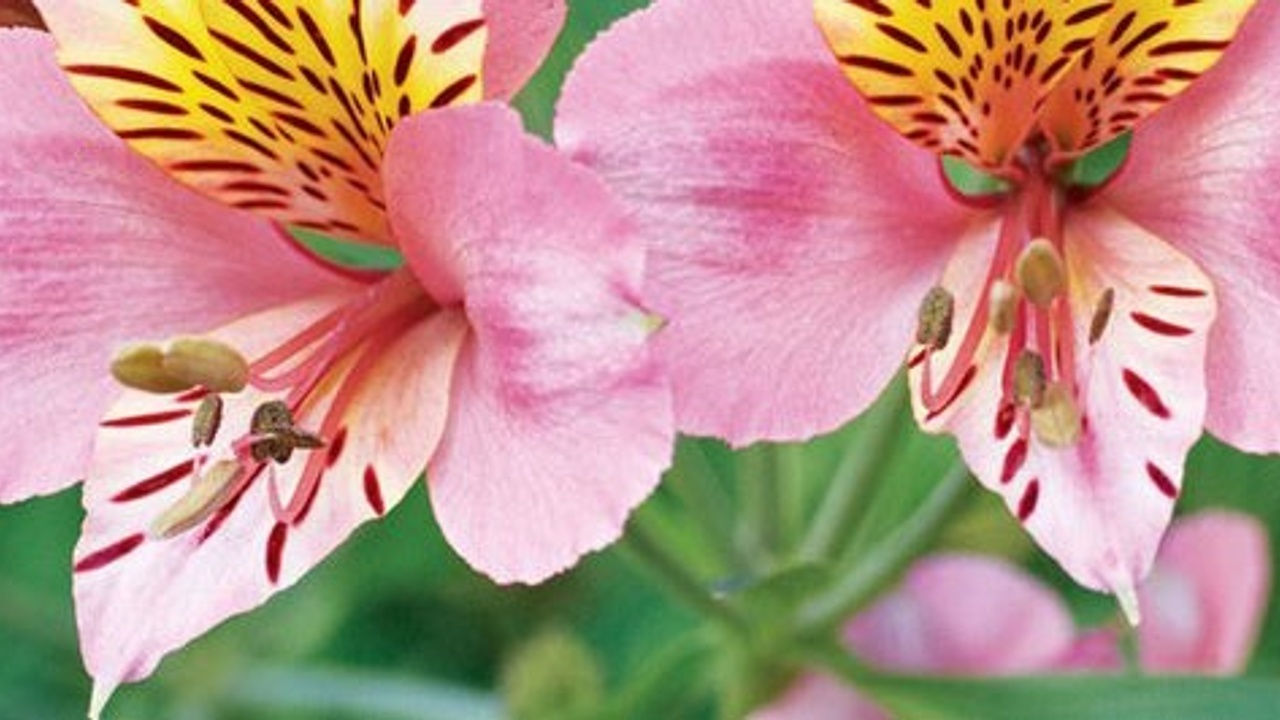Are You a Perennial?
Jan 25, 2018
What is a Perennial?
For garden enthusiasts, a perennial (plant) is a plant that lives for more than two years. Perennial flowers, like lilies, daisies and poppies, grow and bloom over the spring and summer, die every autumn and winter, and then return in the spring from their rootstock. These flowers are ever-blooming.
However, according to Gina Pell in her blog “Meet the Perennials”, a perennial can mean something else. She asserts that a Perennial is a type of person. A person that is “ever-blooming, knows what’s happening in the world, stays current with technology and has friends of all ages.” Perennials get involved, stay curious, mentor others, are passionate, compassionate, creative, collaborative and so on. Her examples include: Lady Gaga + Tony Bennett, Pharrell Williams, Ellen DeGeneres, Malala Yousafzai, Senator John McCain, among others.
Most important is a Perennial is not defined by age, but by a mindset and way of life. They push beyond traditional boundaries and don’t see life as a “one-dimensional timeline that runs from birth to death.”
From Demographics to Psychographics
Marketers tend to bucket consumers into categories. One of the most common categories is by age or generation. Millennials. Generation X. Boomers. Greatest Generation. Teenagers. 55+. Seniors. And, of course, each of these categories comes with their own stereotypes, like how all Millennials eat avocado toast or can’t afford their lifestyle (watch Millennial International video for a fun spoof on this).
Available consumer data makes demographic analysis easy. But what if the straight forward analysis is the wrong analysis? Consider this: I may have more in common – what I am drawn to purchase and consume — with my curious teenage niece on the opposite coast or my wise friend thirty years my senior in suburban Texas than I do with my fellow 40-somethings in the urban mid-Atlantic. Demographic analysis can’t spot Perennials.
This is why psychographics – the study and classification of people according to their attitudes, aspirations, and other psychological criteria – is becoming increasingly relevant for marketers.
When It Comes to Housing, Perennials Prefer Age Integration, not Segregation
Where do Perennials want to live?
Maybe it’s good to start to look at where they would not want to live. A recent article in the NY Times real estate section (“Resort-Style Living for Graying Boomers”) which highlights the growth of 55+ age restricted housing in the greater New York market may provide some insights by looking at the online comments section. Perennials offered plenty of opinions like:
- “I don’t mind getting old, but the last thing I want to do is to surround myself with other old people. I like living in a neighborhood populated by Millennials and young families.”
- (on living in an age-restricted resort community) “I couldn’t justify the cost and unsettling feeling of being surrounded by people who lived to go to the clubhouse daily, and made it seem that was the main reason for waking up every day… having moved, now I am with people of all ages with different outlooks, making life much more interesting.”
- “I don’t want to live among a bunch of people my age or older. I’ve been in this house for 38 years and am watching a third generation of new babies. The younger folks do appreciate our knowledge and experience and I have all the tools any one needs to borrow and I keep with the changing mores just talking to them.”
Perennials see the benefits of living in the cities and more dense suburban areas – “sub-urban” according to Smart Growth America describes – that bring people together of different backgrounds and talents all within close proximity of desirable amenities.
It’s a Good Time to be an (Older) Perennial
At some point, physical needs and accommodations become important and relevant factors in housing for older Perennials. Fortunately, a number of trends are in favor of Perennials. One, the World Health Organization (WHO) has launched a global Age-Friendly cities and communities initiative and has spurred hundreds of cities and communities to make their environments more accommodating for people of all ages. Second, technology – as we have looked at previously – is making it easier and easier to have services delivered on an as needed basis and cost-effectively. Third, substantial real estate development in walkable, vibrant areas is creating a swath of new residential options.
At Smart Living 360, we have a residential model that incorporates elements of a walkable location, smart design and sense of community to attract an intergenerational mix of people, including Perennials, and people like it.
So, Are you a Perennial?
Maybe Gina Pell is right. Maybe for most of us how we think and what we value should matter more than what generation we are part of. Maybe we may have more in common across generations than within them.
Maybe even “perennial” will more commonly be used to describe a type of person than a type of flower. Regardless, it should be associated with something that is ever-blooming and aspiring for more.
Take the Right Place, Right Time Assessment
Are you in the right place for right now? This quick assessment will reveal opportunities to improve your life.
Subscribe to The Blog
We hate SPAM. We will never sell your information, for any reason.

